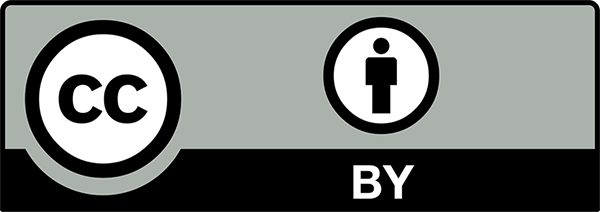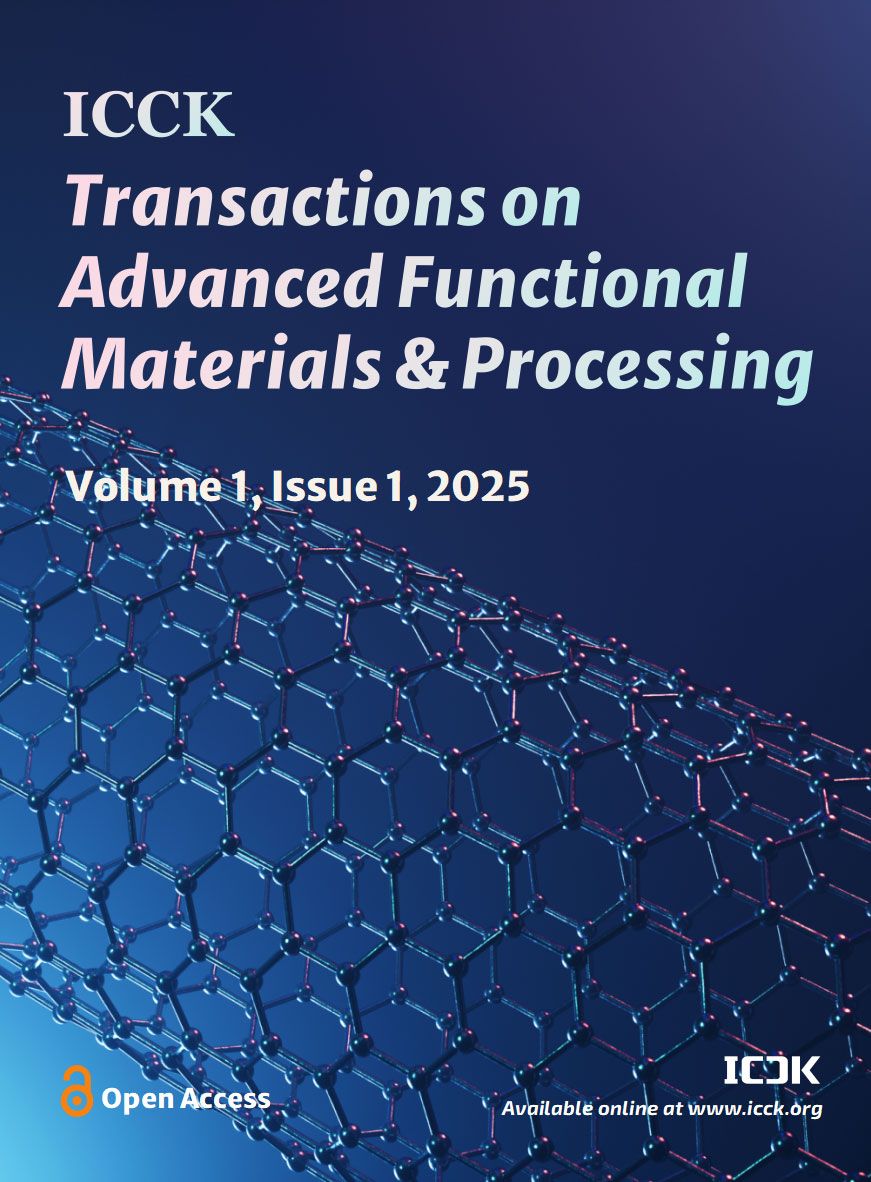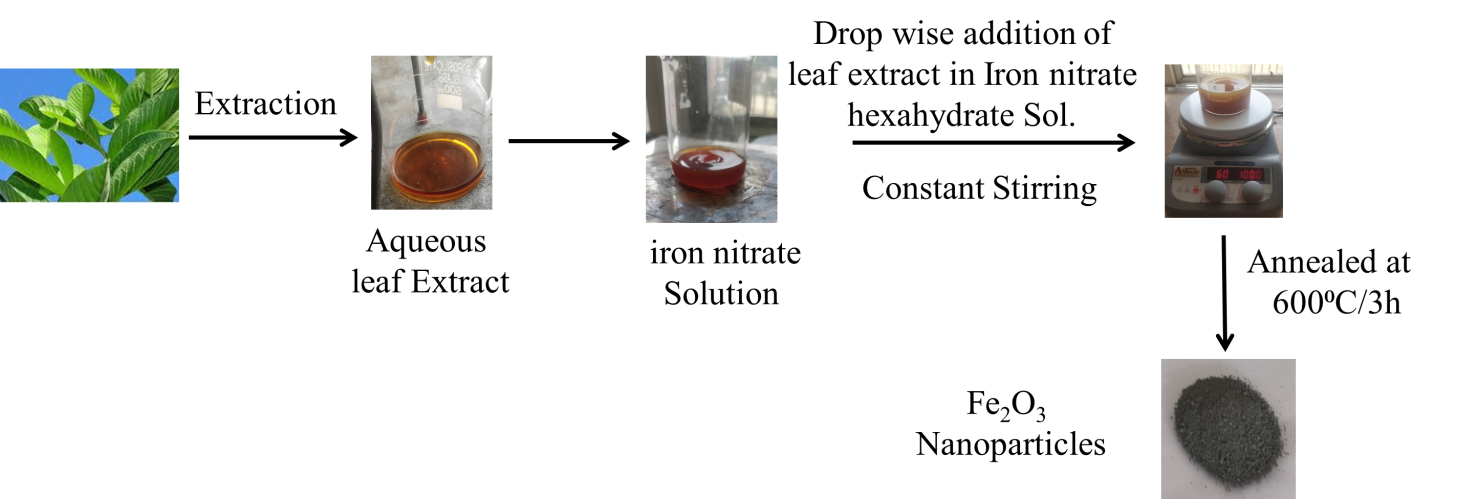Abstract
This study focuses on the green synthesis of iron oxide (Fe2O3) nanoparticles using guava leaf extract as a reducing agent. The methodology involves the extraction of guava leaves to create an aqueous reagent solution, followed by the synthesis of Fe2O3 nanoparticles through a series of processes including centrifugation and annealing. The synthesis procedure involved mixing the guava extract with an iron nitrate solution, stirring, and allowing the formation of nanoparticles, which were subsequently annealed at 600°C. Characterization of the resulting nanoparticles was carried out using X-ray diffraction (XRD), revealing a rhombohedral structure with an average crystallite size of approximately 40-45 nm. Ultraviolet-visible (UV-Vis) spectroscopy indicated strong absorption in the 500-800 nm wavelength range, with the calculated optical bandgap of the synthesized nanoparticles being 2.08 eV. Transmission electron microscopy (TEM) analysis showed that the nanoparticles predominantly exhibited irregular, quasispherical shapes with a tendency for slight agglomeration. The findings demonstrate the efficacy of the green synthesis approach not only as a sustainable method for producing Fe2O3 nanoparticles but also highlight their potential applications in fields such as environmental remediation, biomedicine, and catalysis.
Data Availability Statement
Data will be made available on request.
Funding
This work was supported without any funding.
Conflicts of Interest
The author declares no conflicts of interest.
Ethical Approval and Consent to Participate
Not applicable.
Cite This Article
APA Style
Kumar, A. (2025). Green Synthesis of Fe2O3 Nanoparticles Utilizing Guava Leaf Extract. ICCK Transactions on Advanced Functional Materials and Processing, 1(1), 5–10. https://doi.org/10.62762/TAFMP.2025.843514
Publisher's Note
ICCK stays neutral with regard to jurisdictional claims in published maps and institutional affiliations.
Rights and Permissions

Copyright © 2025 by the Author(s). Published by Institute of Central Computation and Knowledge. This article is an open access article distributed under the terms and conditions of the Creative Commons Attribution (CC BY) license (
https://creativecommons.org/licenses/by/4.0/), which permits use, sharing, adaptation, distribution and reproduction in any medium or format, as long as you give appropriate credit to the original author(s) and the source, provide a link to the Creative Commons licence, and indicate if changes were made.


 Submit Manuscript
Edit a Special Issue
Submit Manuscript
Edit a Special Issue

 Copyright © 2025 by the Author(s). Published by Institute of Central Computation and Knowledge. This article is an open access article distributed under the terms and conditions of the Creative Commons Attribution (CC BY) license (https://creativecommons.org/licenses/by/4.0/), which permits use, sharing, adaptation, distribution and reproduction in any medium or format, as long as you give appropriate credit to the original author(s) and the source, provide a link to the Creative Commons licence, and indicate if changes were made.
Copyright © 2025 by the Author(s). Published by Institute of Central Computation and Knowledge. This article is an open access article distributed under the terms and conditions of the Creative Commons Attribution (CC BY) license (https://creativecommons.org/licenses/by/4.0/), which permits use, sharing, adaptation, distribution and reproduction in any medium or format, as long as you give appropriate credit to the original author(s) and the source, provide a link to the Creative Commons licence, and indicate if changes were made. 